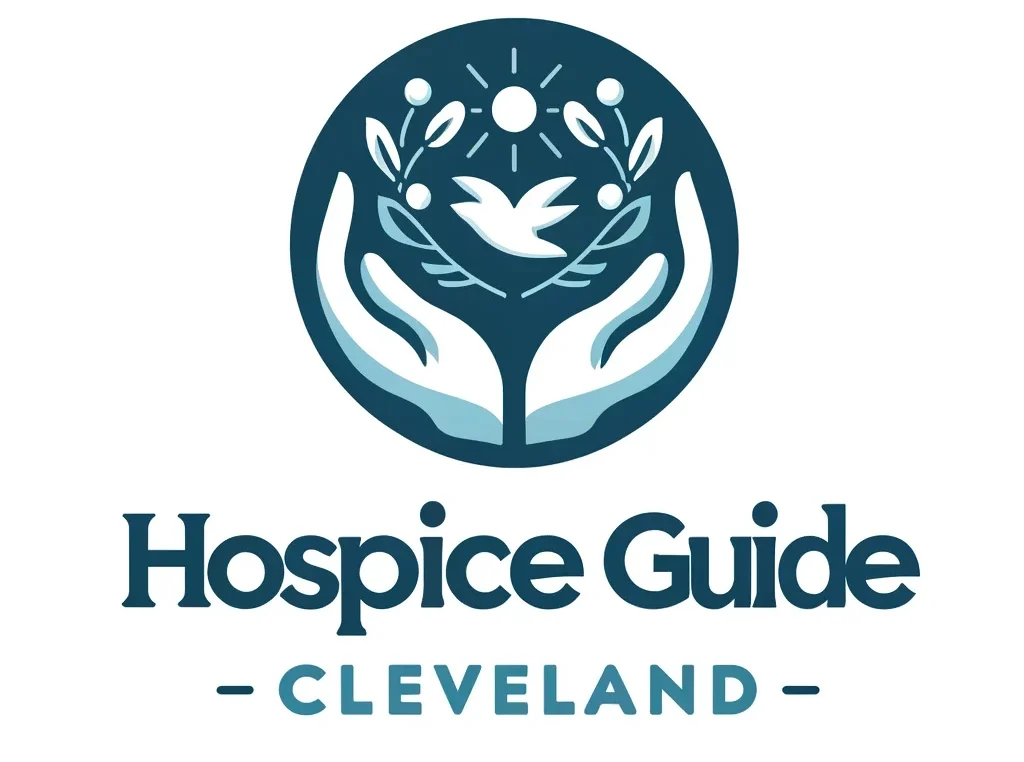Caregiver relief in the context of hospice services addresses the demanding role of those providing end-of-life care to loved ones. This service is designed to mitigate the significant physical and emotional stresses caregivers face by offering them much-needed breaks.
These programs can foster a more sustainable caregiving environment, ensuring that both caregivers and patients maintain an improved quality of life throughout the process.

Hospice service itself is a compassionate approach to care that focuses on comfort and quality of life rather than curative treatments for patients with terminal illnesses. The inclusion of caregiver relief as part of hospice care ensures that those who commit their time and resources to the care of terminally ill family members or friends receive support.
Access to relief services enables caregivers to take time for their own health and well-being, allowing them to continue providing compassionate care without facing burnout.
Key Takeaways
- Hospice service prioritizes comfort and involves supporting the caregiver as well as the patient.
- Caregiver relief is essential to the health and sustainability of both caregivers and patients.
- Access to specialized services and resources is key to managing the challenges of end-of-life care.
Roles and Challenges of Caregivers

Caregivers play a crucial role in hospice care, balancing the demanding tasks of providing quality care with managing their own well-being. They often face significant challenges that can lead to stress and burnout.
Importance of Family Caregivers
Family caregivers are the backbone of hospice care, providing essential support that encompasses the physical, emotional, and psychological needs of patients. They are critical in delivering quality care, which includes administering medication, assisting with daily activities, and offering companionship.
The support they provide is not merely functional but comes with an understanding of their loved one’s preferences and histories, ensuring that care is personalized and compassionate.
Recognizing Caregiver Burnout
Burnout is a state of physical, emotional, and mental exhaustion caused by prolonged stress. It is prevalent among caregivers due to the high demands of caregiving.
Signs of burnout include:
- Persistent fatigue even after rest
- Feelings of depression or irritability
- Decreased interest in activities once enjoyed
- Physical symptoms such as headaches or stomach issues
- A sense of inefficacy and lack of accomplishment
Caregiver stress level can also affect the quality of care provided, making it crucial to address burnout promptly. Recognizing the signs early and seeking support can help prevent the deterioration of both the caregiver’s and the patient’s well-being.
Hospice Relief Options
Hospice care provides essential relief and comfort to patients and their families, ensuring comprehensive support through various respite care services. These options offer short-term relief for caregivers, giving them the opportunity to tend to personal matters or simply rest and recharge.
Types of Respite Care
Hospice respite care can take several forms, tailored to fit the individual needs of both the patient and their caregiver.
In-home respite care is one option, where a professional comes to the patient’s home, allowing the caregiver to take a break without disrupting the patient’s environment.
Inpatient respite care involves short-term care provided at a hospice facility or hospital, which can be beneficial if the caregiver needs an extended break or the patient requires more intensive medical attention.
Each option is designed to maintain a seamless care plan for the patient while providing the necessary relief for the caregiver.
Accessing Hospice Respite Care
Caregivers can access hospice respite care services through the Medicare hospice benefit, which covers short-term inpatient care for patients already enrolled in a Medicare-certified hospice program.
To utilize this benefit, a certified hospice program must arrange for the respite care, which can be provided on an intermittent basis.
Additionally, caregivers can contact local hospice care providers directly to understand the specific procedures and requirements for initiating respite care services.
Support Systems and Resources
Caregiver relief through hospice service is reinforced by a framework of community involvement and entitlements. These systems play a crucial role in ensuring caregivers have the necessary support and resources available to them.
Community and Volunteer Support
Local communities often have robust networks designed to aid those providing end-of-life care.
Caregiver support resources can include training sessions, respite care options, and access to emotional support groups.
Professionals and volunteers alike contribute to this care, with many volunteers being part of dedicated teams focused on providing practical assistance.
Hospice programs frequently collaborate with community organizations to dispatch trained volunteers who can offer in-home support to alleviate the workload of family caregivers.
Utilizing Medicare and Other Benefits
Eligible individuals can use Medicare Part A benefits to cover hospice care services.
These benefits are typically available for patients who have been certified by a physician as terminally ill, with a life expectancy of six months or less, should the illness run its normal course.
Medicare-certified hospice programs are required to provide a comprehensive suite of services including pain management, counseling, drugs for symptom control, and physical therapy, to name a few.
Caregivers should consult with Medicare or their insurance provider to understand the full range of benefits and how to apply them to their care scenarios.
Frequently Asked Questions
The following subsections address specific inquiries regarding hospice respite care, clarifying Medicare guidelines, availability, caregiver qualifications, cost responsibilities, caregiver duties, and available support systems for caregivers.
What are the Medicare guidelines for hospice respite care?
Medicare covers periodic respite care for a person under hospice care, allowing for short-term relief of up to five consecutive days at a time. This respite care can be provided in a Medicare-approved facility such as a hospital or nursing home.
How frequently is respite care available to hospice caregivers?
Respite care can be utilized on an occasional basis, up to five days at a time, and is available to hospice caregivers when they need a break from their caregiving responsibilities.
What are the qualifications required to become a hospice caregiver?
Hospice caregivers are typically required to have training in palliative care practices and a compassionate disposition. Some positions may also require certification or health care experience.
Who is responsible for the costs associated with hospice respite care?
Medicare covers the cost of hospice respite care under the hospice benefit, but there may be a co-payment required for the respite stay. Private insurance or Medicaid may also cover these costs, depending on the policy.
Can you explain the primary duties of a caregiver in a hospice setting?
The primary duties of a caregiver in hospice include providing emotional support, administering medication, managing symptom relief, and assisting with activities of daily living.
What support systems are available for caregivers working in hospice care?
Caregivers in hospice can access support through counseling services and support groups.
They can also access educational resources provided by hospice organizations.
These resources are aimed at helping them manage the challenges of caregiving.

